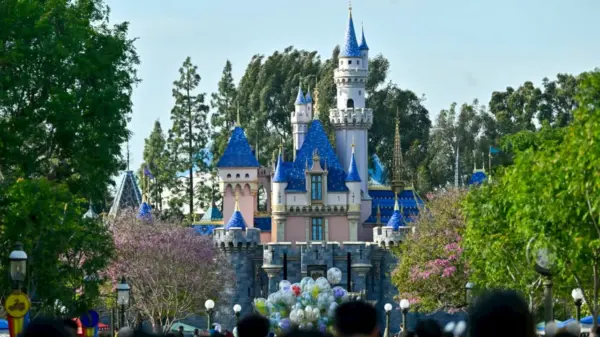Research has revealed that urban plants are evolving to thrive in city environments, adapting to the unique challenges posed by urbanization. This phenomenon highlights the resilience of nature as it contends with fragmented ecosystems and altered environmental conditions.
Urban areas have long been viewed as detrimental to natural habitats. As cities expand, they often encroach on native ecosystems, limiting space for flora and fauna. Nonetheless, recent studies indicate that specific plant species are not merely surviving but are actively adapting to the urban landscape. These changes include alterations in growth patterns, reproductive strategies, and even chemical compositions.
Understanding Urban Adaptation
According to a study published in 2023, researchers have documented significant shifts in plant behavior within urban areas. Plants in cities display traits that enable them to cope with the stresses of urban life, such as higher temperatures, pollution, and soil compaction. For instance, certain species have developed deeper root systems to access water and nutrients more efficiently in compacted soils.
The study, conducted by a team from the University of Melbourne, focused on various urban centers across the globe. Researchers observed that plants like golden wattle and common dandelion have shown remarkable adaptability to urban environments. These species have not only survived but have thrived, contributing to urban biodiversity.
In addition to physiological changes, urban plants also exhibit altered flowering times. The research found that some species bloom earlier in the spring than their rural counterparts, likely as a response to the warmer microclimates found in cities. This shift can have broader implications for local ecosystems, as it affects the timing of pollinator activity and plant-pollinator interactions.
The Importance of Biodiversity in Cities
The emergence of urban-native plant species is crucial for maintaining biodiversity within city limits. As natural ecosystems face increasing pressure from urban development, fostering plant diversity in cities can provide essential ecological services. These include improved air quality, temperature regulation, and stormwater management.
Biodiversity in urban areas also enhances the aesthetic appeal of cities, contributing to the well-being of residents. Green spaces, parks, and urban gardens can serve as vital habitats for various species, promoting a healthier urban ecosystem. This is increasingly important as urban populations continue to grow, with projections suggesting that by 2050, approximately 68% of the world’s population will live in urban areas.
As cities continue to evolve, understanding and supporting the adaptability of urban plants will be vital for sustainable urban planning. Engaging local communities in conservation efforts can further enhance the resilience of urban ecosystems.
In conclusion, while urbanization poses significant challenges to natural ecosystems, it also offers opportunities for certain plant species to adapt and flourish. Recognizing and supporting the evolution of urban-native plants can lead to more sustainable and biodiverse cities, benefiting both nature and urban residents alike.


































































